Este lugar marcou para sempre a minha infância, se houvesse alguma história de princesas era este o palácio que eu imaginava, era no topo de uma das suas janelas que a Julieta suspirava pelo Romeo. Era de conto de fadas.
Tive a sorte de o visitar várias vezes e numa das minhas últimas idas a Portugal voltei a fazê-lo. Construído no século XIX, está aberto ao público como museu onde podemos ver peças que pertenciam aos Condes para além de uma exposição sobre a pré-história em Cascais. Dividi o post em dois, o primeiro será sobre o Palácio e o segundo sobre o Museu.
This place has forever marked my childhood, if there was any princess story this was the palace I imagined, it was at the top of one of his windows that Juliet sighed for Romeo. It was a fairy tale.
I was fortunate to visit it several times and in one of my last trips to Portugal I did it again. Built in the nineteenth century, it is open to the public as a museum where you can see pieces that belonged to the Counts in addition to an exhibit of the prehistory era in Cascais. I split the post into two, the first will be on the Palace and the second about the Museum.
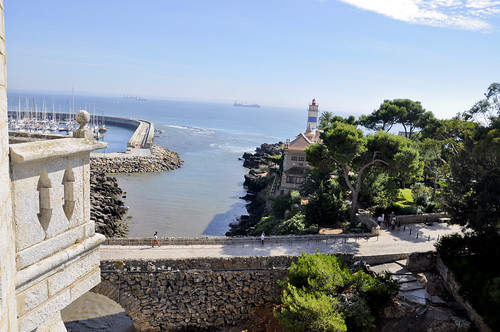
I was fortunate to visit it several times and in one of my last trips to Portugal I did it again. Built in the nineteenth century, it is open to the public as a museum where you can see pieces that belonged to the Counts in addition to an exhibit of the prehistory era in Cascais. I split the post into two, the first will be on the Palace and the second about the Museum.
Foi a casa de veraneio do aristocrata Jorge O'Neill e é também conhecido como Torre de S. Sebastião, mais tarde foi comprado pelos Condes de Castro de Guimarães. Graças ao seu bom gosto podemos hoje apreciar no seu interior algumas obras de arte e peças de mobiliário únicas. No final da década de 20 e após o falecimento do Conde, a casa passou a ser propriedade da Câmara de Cascais para usufruto dos habitantes da vila.
It was the summer home of the aristocratic Jorge O'Neill and is also known as the Tower of S. Sebastian, it was later bought by the Counts of Castro Guimarães. Thanks to its good taste we can enjoy inside some works of art and unique pieces of furniture. In the late '20s and after the death of the Count, the house became the property of the Cascais for the enjoyment of the villagers.
Junto ao Palácio está a Capela de S. Sebastião que é mais antiga que o próprio, terá sido construída no século no final do século XV e alguns dos azulejos são do século XVII.
Next to the palace is the Chapel of St. Sebastian who is older than itself, have been built in the end of the fifteenth century and some of the tiles are of the seventeenth century.
No seu interior podemos ver o fantástico claustro com uma fonte no centro e azulejos decorativos. São varias as salas de interesse desde a da Música, passando pela de Jantar e o Torreão de onde temos vista para Cascais.
Inside you can see the fantastic cloister with a fountain in the center and decorative tiles. There are several interesting rooms from the Music, through the Dining and the Torreão where we have a great view over Cascais.
>>> Sala da Música/ Music Room
>>> Galeria
>>> Torreão

Mais/More posts:



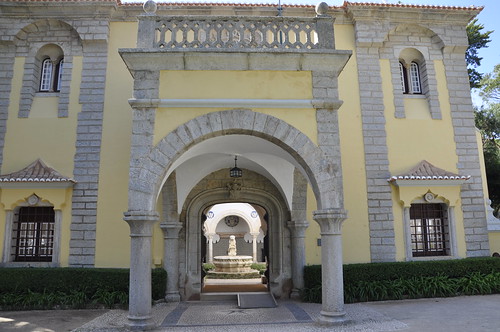
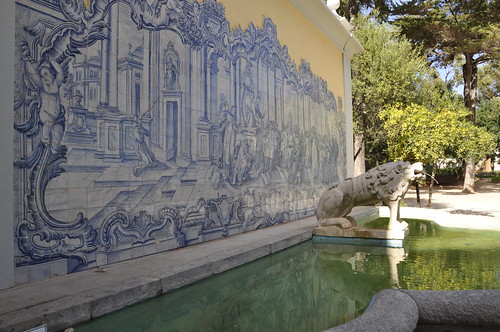

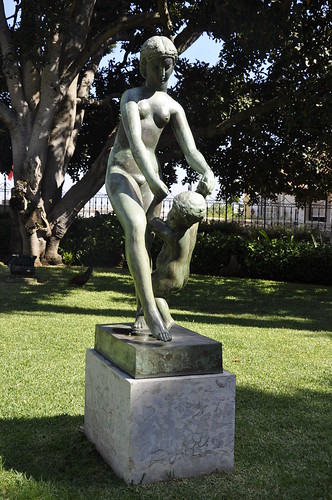
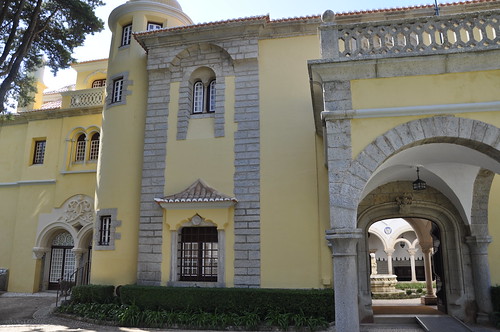
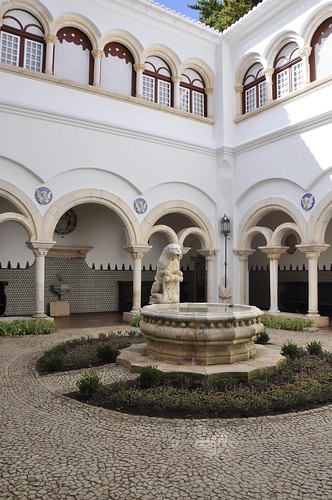
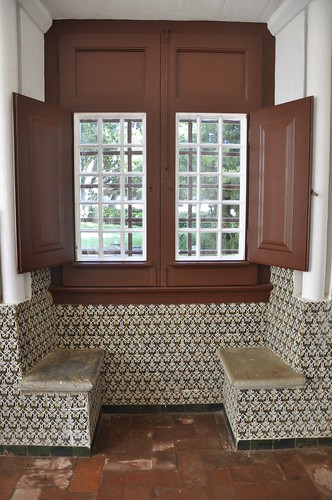
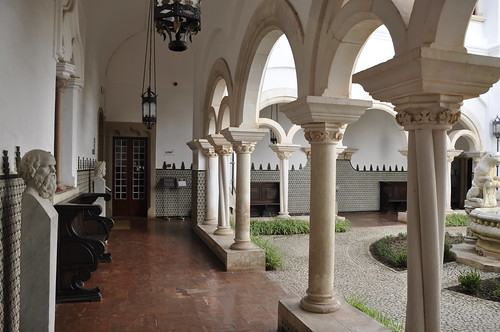
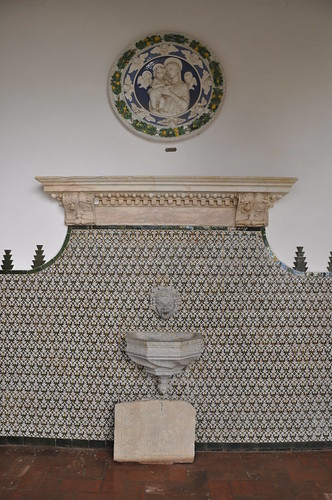
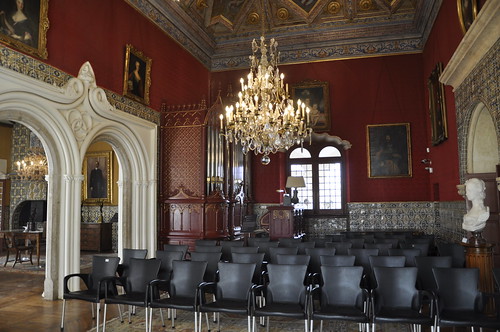
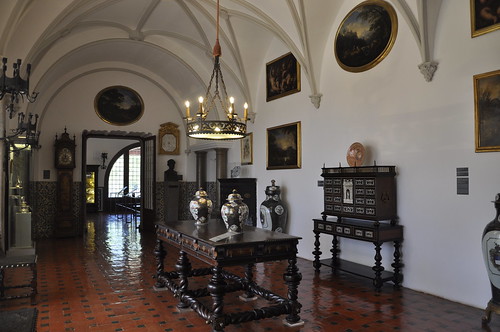
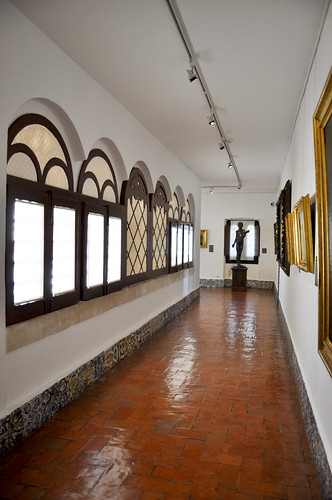
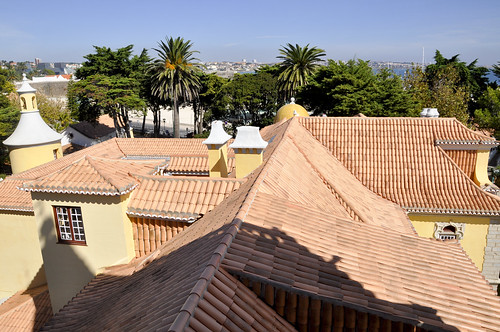
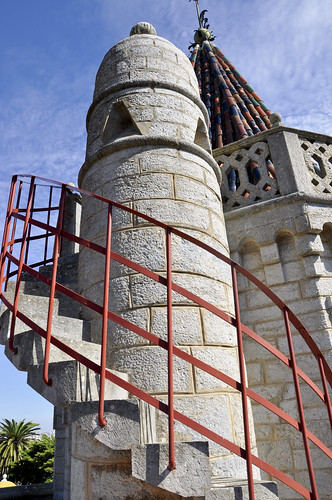

Sem comentários:
Enviar um comentário